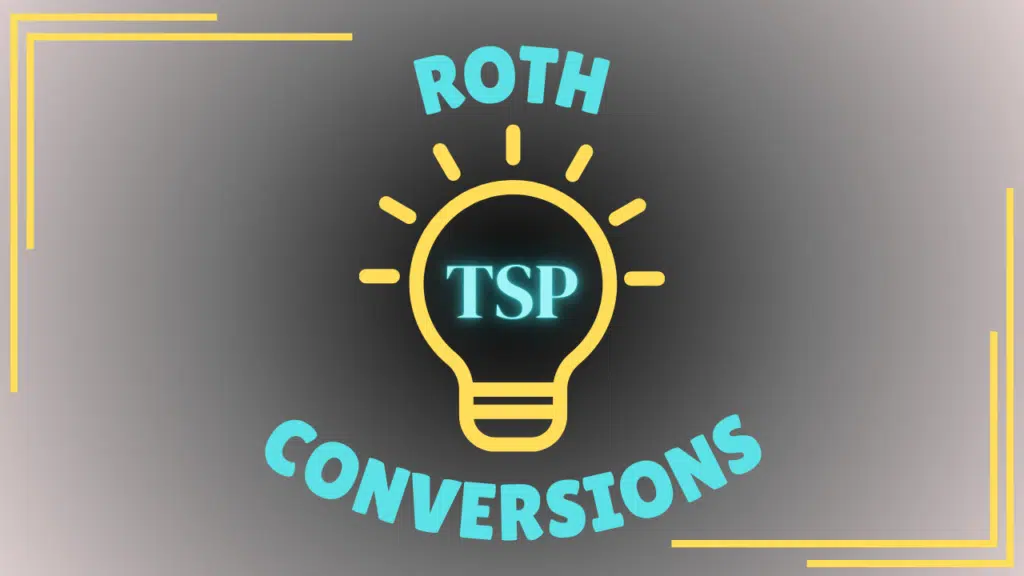In November, TSP officials announced a major update that will impact all 4.1 million account holders starting in 2026: the introduction of in-plan Roth TSP conversions. But what does this mean for you and other participants? Let’s break it down.
What Is a Roth TSP Conversion?
A Roth TSP conversion allows TSP participants to move funds from their Traditional TSP to their Roth TSP—also known as an in-plan conversion. This process triggers a taxable event, meaning that any amount transferred from the Traditional TSP to the Roth TSP will be counted as taxable income in the year of conversion.
Why Is This a Big Deal for TSP Participants?
This new option is a game-changer for TSP account holders. Currently, in-plan conversions are not available to most federal employees, making this feature a welcome addition.
Under the current rules:
- Federal employees cannot convert Traditional TSP funds to Roth TSP assets directly. Instead, they must transfer funds to a Roth IRA.
- Active employees can only transfer TSP funds if they are separated from service or aged 59½ or older.
Starting in 2026, in-plan Roth TSP conversions will become a reality, simplifying the process and offering significant flexibility for participants.
Who Benefits the Most From Roth TSP Conversions?
While this new feature will be beneficial to all TSP participants, its advantages will vary depending on your specific situation.
Federal Retirees
Yes and no. Retirees who choose to keep their money in the Thrift Savings Plan will benefit the most. Currently, retirees can already transfer funds from their Traditional TSP to a Roth IRA, making Roth conversions possible. However, this new option will allow retirees to complete the conversion directly within their TSP accounts, offering convenience and flexibility.
Current Federal Employees
It depends. Roth conversions are typically done to secure future tax benefits. However, if your current income is higher than what you expect in retirement, it may not be a good idea to convert. Still, there are specific situations where Roth TSP conversions could be advantageous:
- Lower Household Income
If your household experiences a temporary drop in income—such as a spouse leaving the workforce to raise children, taking a sabbatical or just unemployed for an extended period of time—this could be a good time to take advantage of lower tax rates and convert funds to a Roth TSP. - Loss of a Spouse
The year a spouse passes away could present a unique opportunity for a Roth TSP conversion. In that year, the surviving spouse can file a joint tax return, which will likely result in lower taxable income rates than filing single in subsequent years. This could help offset the tax impact of the conversion. This is known as the widow’s penalty. Here is a video on the widow’s penalty. - Early Career Years
The early stages of a federal employee’s career are often marked by lower earnings, making Roth TSP conversions more appealing due to the reduced tax burden. However, employees in this stage may find it challenging to pay the taxes associated with a conversion unless they have additional funds, such as an inheritance, to cover the tax bill.
A Welcome Change for TSP Participants
Regardless of your stage in federal service, the new Roth TSP conversion feature is likely to be a positive development for all participants.
If you’re unsure how this change applies to your specific situation or need help planning your TSP and Roth conversions, don’t hesitate to schedule an initial consultation.

